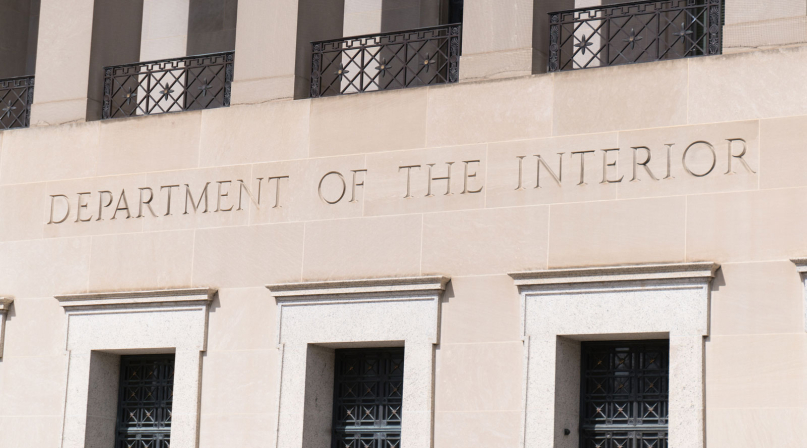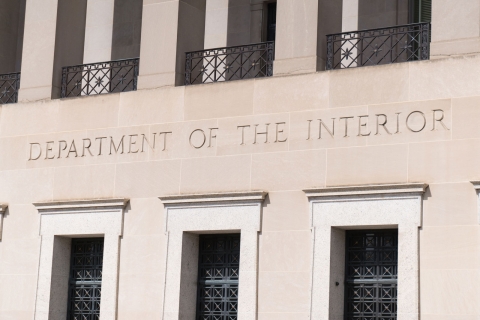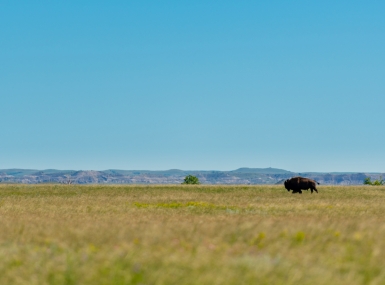U.S. Senate Confirms David Bernhardt as Secretary of the U.S. Department of the Interior
Upcoming Events
Related News

Key Takeaways
On April 11, the U.S. Senate voted 56-41 to confirm David Bernhardt as Secretary of the U.S. Department of the Interior (DOI). Prior to his confirmation, Sec. Bernhardt served as Deputy Secretary of the Interior under Secretary Ryan Zinke, becoming Acting Secretary in January 2019 after Sec. Zinke resigned. Secretary Bernhardt also served at DOI during the George W. Bush Administration from 2000-2009, including as the department’s solicitor.
As Secretary, Bernhardt will play a leading role in overseeing the roughly 500 million acres of public land under DOI’s jurisdiction. Nearly 62% of America’s counties contain federal public lands, and we rely on a strong partnership with federal land managers to ensure that our public lands counties remain strong, stable and economically vibrant.
Counties look forward to working with Secretary Bernhardt and DOI to address the priorities of America’s public lands counties and ensure that counties have a seat at the table throughout DOI’s decision making process.

Attachments
Related News

U.S. House of Representatives passes SPEED Act and other permitting reform bills
On December 18, the U.S. House of Representatives passed the SPEED Act (H.R. 4776). The SPEED Act would strengthen county involvement in decision-making and make needed commonsense reforms to the federal environmental review process.

House Natural Resources Committee advances the Endangered Species Act Amendments Act of 2025
On December 17, the House Natural Resources Committee advanced the Endangered Species Act (ESA) Amendments Act of 2025 (H.R. 1897). The version passed by the committee adopted several changes from the initial bill and would address key county concerns by improving the implementation of the ESA. The legislation now awaits a floor vote before the whole U.S. House of Representatives.

Senators introduce bipartisan UPGRADE Act to support small and rural public water systems
On December 15, Sens. Lisa Blunt Rochester (D-Del.) and Roger Wicker (R-Miss.) introduced the Unincorporated Partnerships for Grant Resources, Assistance, and Drinking Water Enhancements (UPGRADE) Act (S. 3465), a bipartisan bill that would strengthen federal support for small public water systems and helps unincorporated communities access clean and affordable water.